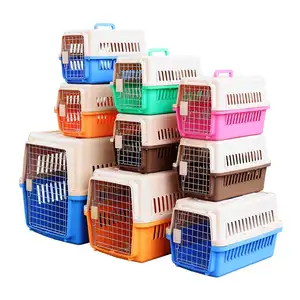
All categories
Featured selections
Trade Assurance
Buyer Central
Help Center
Get the app
Become a supplier















Khám phá những điều thú vị trailer chó cho xe máy. các lựa chọn trên Alibaba.com có đầy đủ các tính năng giật gân. Chúng giúp cho việc vận chuyển dầu, khí đốt và các chất lỏng dễ cháy và không bắt lửa khác trở nên an toàn và thuận tiện, loại bỏ nguy cơ gây hại cho người lái xe của họ và những người lái xe khác. Chúng có trong một bộ sưu tập phong phú có các khối lượng, hình dạng và vật liệu khác nhau để đáp ứng các nhu cầu khác nhau của người vận chuyển. Do đó, tất cả những người mua sắm sẽ tìm thấy trailer chó cho xe máy phù hợp nhất. tùy chọn cho nhu cầu vận chuyển của họ.
Các thiết kế sáng tạo trong số này trailer chó cho xe máy. phạm vi bao gồm các van an toàn nằm ở phía dưới. Những chất này cắt ra khỏi chất lỏng và cố định nó một cách an toàn trong các trường hợp tác động cơ học khắc nghiệt, chẳng hạn như tai nạn. Chúng có nắp đậy hiện đại trên đỉnh của chúng, bao gồm các thiết bị cuộn lại để ngăn tràn bằng cách bịt kín các khẩu độ của chúng. Các thiết bị này tương thích với các công nghệ mang tính cách mạng bao gồm các hệ thống điện tử để kiểm soát và giám sát độ ổn định.
Trên Alibaba.com, những công nghệ này được xếp hạng hàng đầu trailer chó cho xe máy. dãy tự hào có các vật liệu tuyệt vời trơ về mặt hóa học. Chúng không phản ứng với chất lỏng mà chúng vận chuyển, điều này rất quan trọng trong việc ngăn ngừa ô nhiễm và duy trì các tiêu chuẩn chất lượng. Những vật liệu này chắc chắn và chịu được các lực tác động bất lợi khác nhau, làm cho chúng bền và hiệu quả trong suốt thời gian sử dụng. Đến từ các thương hiệu lớn trên toàn cầu, họ đảm bảo với người mua hàng rằng họ tuân thủ tất cả các tiêu chuẩn quy định.
Khám phá Alibaba.com cho thấy điều thú vị trailer chó cho xe máy. tùy chọn cho những người mua sắm khác nhau. Điều này cho phép tất cả người mua tìm thấy phương tiện phù hợp nhất, theo yêu cầu vận chuyển và ngân sách của họ. Chất lượng vượt trội và các tính năng an toàn của chúng làm cho chúng xứng đáng với tất cả số tiền đầu tư vào chúng. Giá trị của chúng được nâng cao nhờ sự tiện lợi khi mua chúng trên trang web.